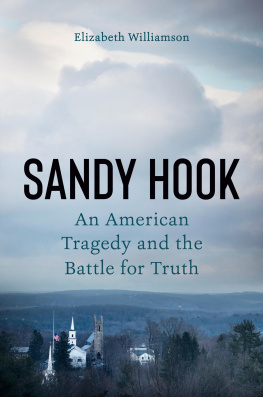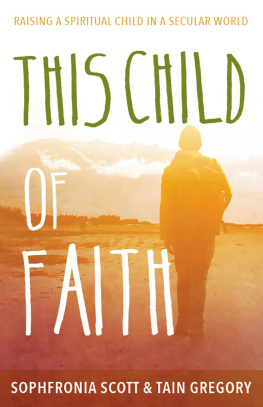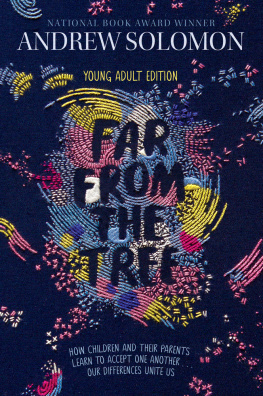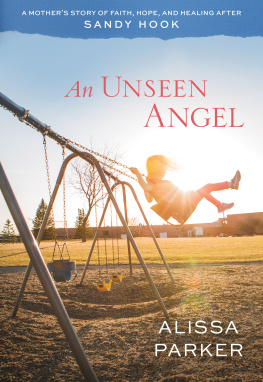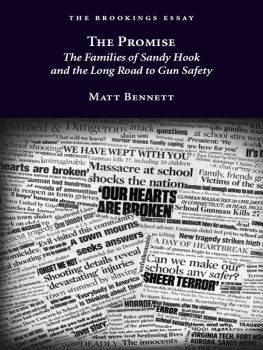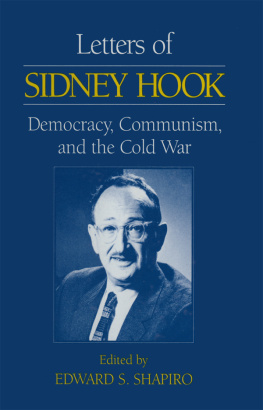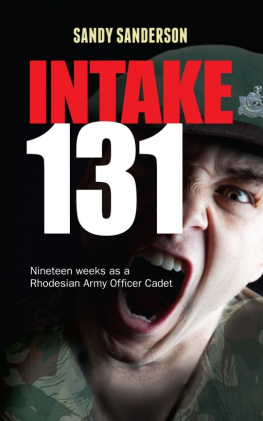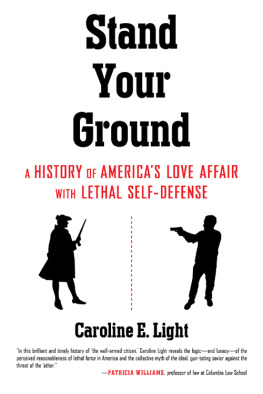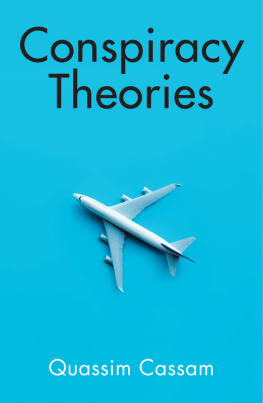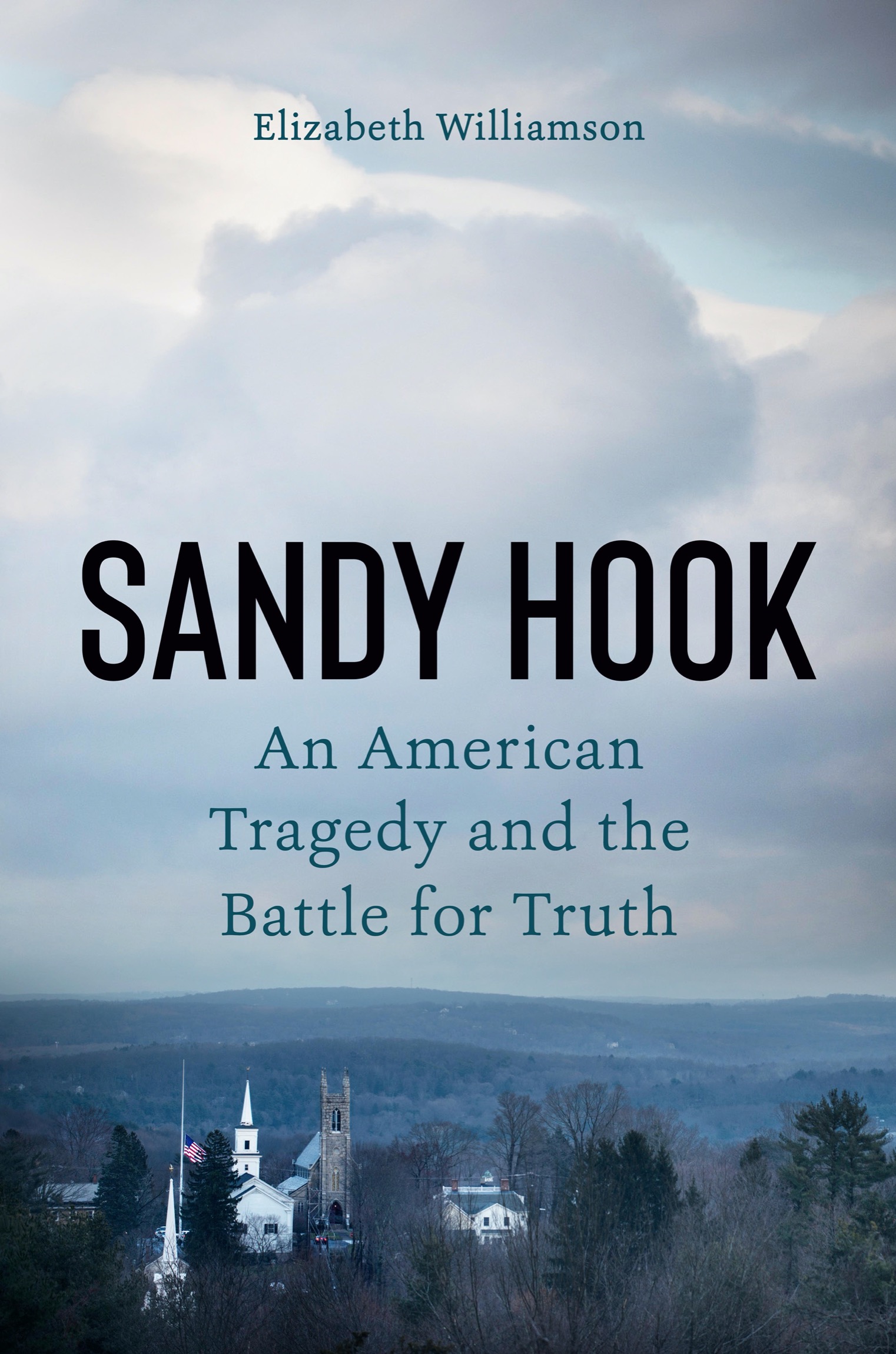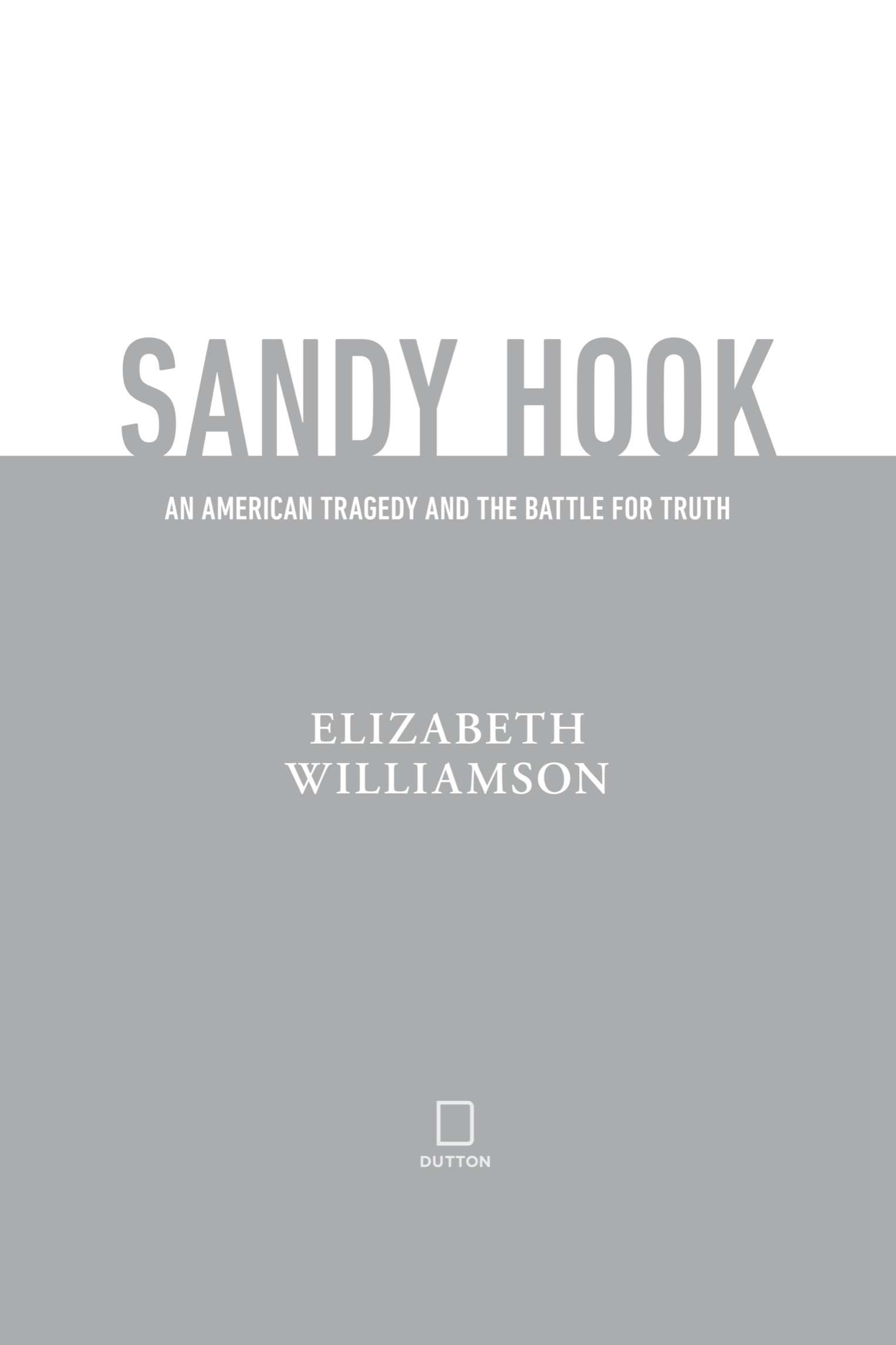Penguin supports copyright. Copyright fuels creativity, encourages diverse voices, promotes free speech, and creates a vibrant culture. Thank you for buying an authorized edition of this book and for complying with copyright laws by not reproducing, scanning, or distributing any part of it in any form without permission. You are supporting writers and allowing Penguin to continue to publish books for every reader.
DUTTON and the D colophon are registered trademarks of Penguin Random House LLC.
has been applied for.
Cover design by Steve Meditz; Cover image: A view of the Newtown Meetinghouse and Trinity Episcopal Church as Main Streets flag flies at half-staff on December 18, 2012 in Newtown, Connecticut. (Brendan Smialowski / AFP via Getty Images)
People should try to treasure each other more. Because life eventually disposes of everyone, and you dont know when its going to happen... Sometimes Im so tired, I have to force myself to do that. To do that extra thing. But then Im like, Remember.
John J. Crowder
AUTHORS NOTE
This book documents a battle by victims families against deluded people and profiteers who denied the December 14, 2012, shooting at Sandy Hook Elementary School in Newtown, Connecticut, that killed twenty first graders and six educators.
The book traces a nearly ten-year effort pioneered by Leonard Pozner, whose six-year-old son, Noah, died at Sandy Hook, to sound the alarm about the growing threat posed by viral lies and false conspiracy narratives, a cultural phenomenon that eventually brought a mob to the United States Capitol on January 6, 2021.
These families saga, and its societal implications and potential solutions, rests on more than four hundred interviews, including with Sandy Hook survivors, first responders, government officials, lawyers, researchers, political scientists, psychologists, journalists, conspiracists, and others, conducted over three years. My reporting on the exploitation of the shooting by profiteers like Alex Jones of Infowars and others is based on some ten thousand pages of court testimony; business, financial, police, medical, and court records; internal emails surfaced during legal proceedings; online exchanges, videos, and recordings of personal conversations, interviews, meetings, and courtroom proceedings I observed. I have traveled to Newtown more than a dozen times to interview participants and visit places described in the book.
I did not write about the Sandy Hook shooting at the time of the tragedy. I began researching this book in April 2018, when Noah Pozners parents, Lenny Pozner and Veronique De La Rosa, and Neil Heslin, the father of Jesse Lewis, who also perished in the shooting, sued Alex Jones for defamation in Texas. My first New York Times story about the shooting, Truth in a Post-Truth Era: Sandy Hook Families Sue Alex Jones, Conspiracy Theorist, appeared on May 23, 2018, on the day a separate group of victims families and an FBI agent targeted by Sandy Hook conspiracists sued Jones in Connecticut. I have covered the lawsuits and the Sandy Hook conspiracy phenomenon for the Times since then.
The Sandy Hook family members activities on the day of the tragedy and during the years following are based on my interviews and correspondence with them; the family members own writings in books, in articles, or on social media; their media appearances and coverage; interviews with individuals who interacted with them at the time and thereafter; court testimony; and the work of academic researchers who met with and/or surveyed family members. The endnotes provide a guide. In referencing the Sandy Hook families as a collective, it is not my intention to attribute any action, emotion, opinion, or perception to the entire group. Their experiences and interpretation of the events described are highly individual and to be respected.
As I embarked on the book, and again closer to publication, I communicated with the broad group of Sandy Hook families, via an email sent through their designated family liaison, to explain the project and offer to answer their questions about it.
This book is not a treatise on gun policy in America. That is a distinct issue properly addressed by experts, advocates and lawmakers, many of whom have written books on the subject. The gun debate and the firearms industrys response to mass shootings appear only as context for the spread of false narratives. The Sandy Hook family members presented in this book hold a range of views on guns in America. This book does not explore them except as they relate to conspiracists claims about and attacks on them. Mass shooting conspiracy theorists often use survivors gun policy viewsactual, assumed, or fabricatedto bolster false narratives. My choice to leave that debate to others is intended in part to deprive them of that opportunity. I know from years spent talking with people who believe conspiracy theories that this likely will not work, but that is my intent.
I reviewed sections of the book pertaining to the experiences, recollections, and emotions of the Sandy Hook families and others at the center of the book with them, in an effort to ensure that I portrayed their stories as accurately as possible. In reporting this book I was guided by recommendations from the Columbia University Graduate School of Journalisms Dart Center for Journalism and Trauma, and professionals in post-trauma counseling. In referencing the perpetrators of the Sandy Hook and other mass shootings mentioned in the book, I was guided by principles established by No Notoriety, founded by Caren and Tom Teves, whose twenty-four-year-old son, Alex Teves, died in the 2012 Aurora theater shooting in Colorado while shielding his girlfriend from gunfire. No Notoriety calls on the media to limit gratuitous use of the killers names to discourage copycat attacks and to shift the focus from perpetrators to victims, survivors, and helpers.
I denote my personal observations, opinions, and views in the text by describing them in the first person. All errors are mine alone.
No culture can rest on a crooked relationship to truth.
Robert Musil, The Man Without Qualities (19301943)
PROLOGUE
Two days after the shooting, before the funerals began, President Barack Obama arrived to plead with the families of the dead and their neighbors: Do not lose heart.
The president drew on Newtowns history, its traditions, and the stories of heroism during the shooting to fortify them.
As a community youve inspired us, Newtown. In the face of indescribable violence, in the face of unconscionable evil, youve looked out for each other. Youve cared for one another. And youve loved one another. This is how Newtown will be remembered, and with time and Gods grace, that love will see you through.

